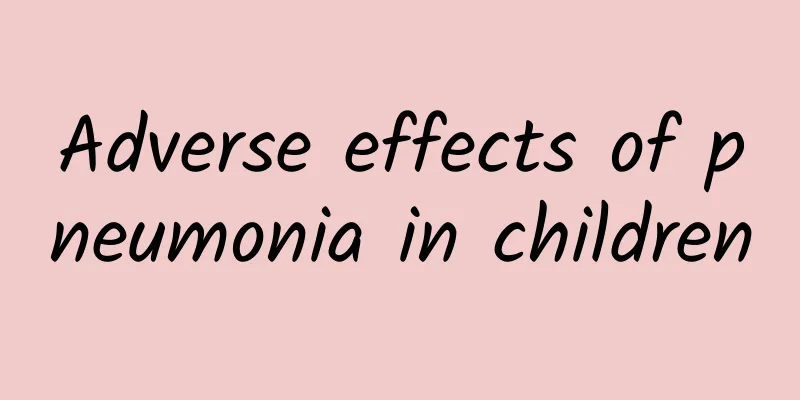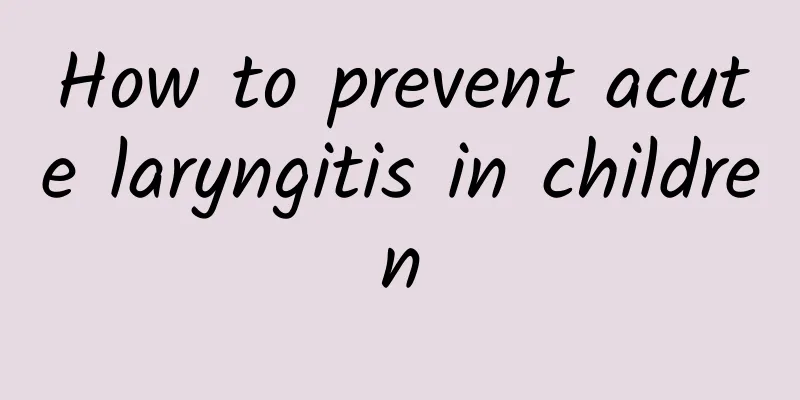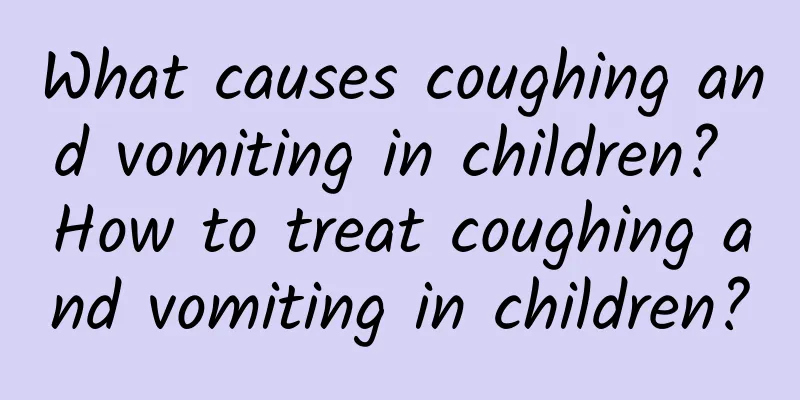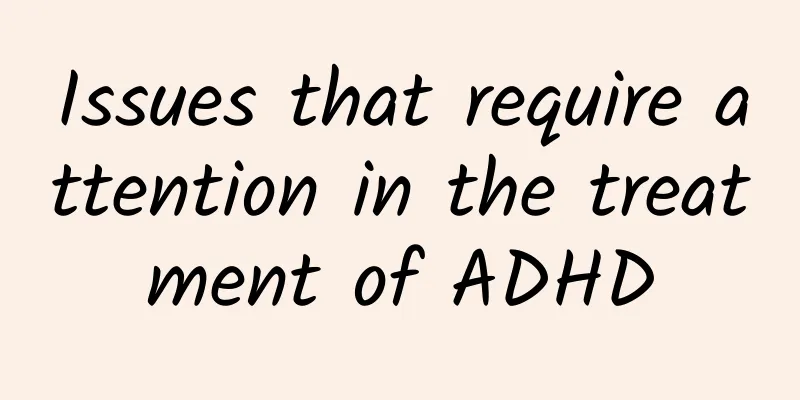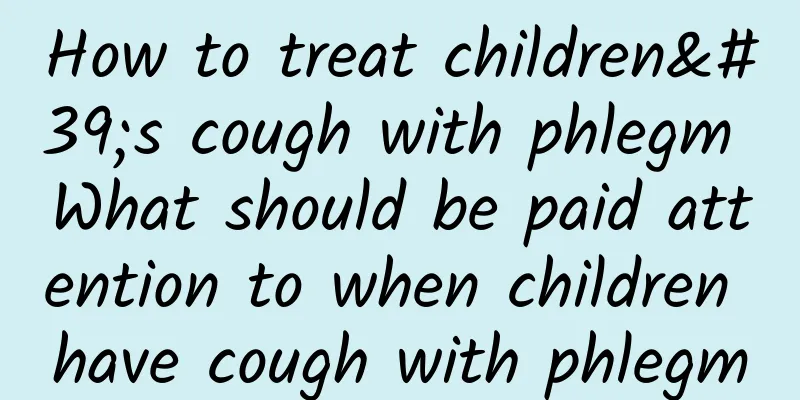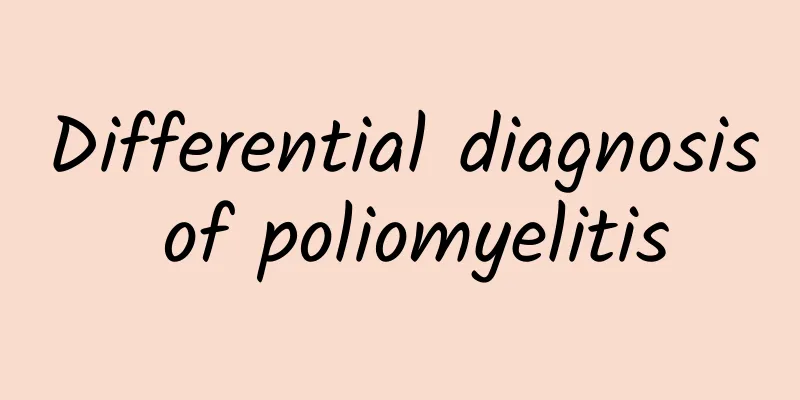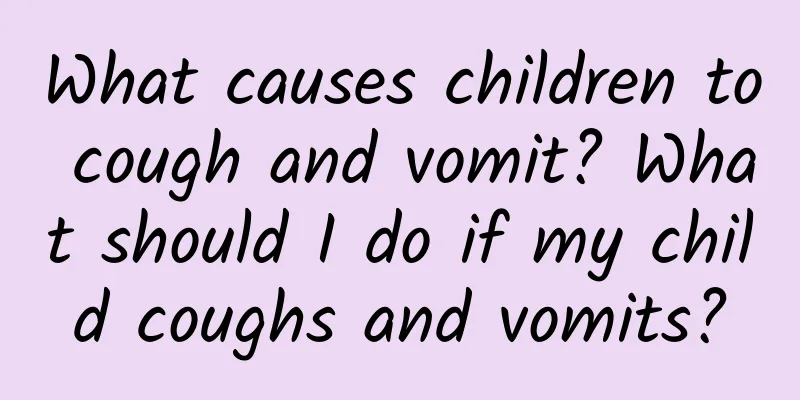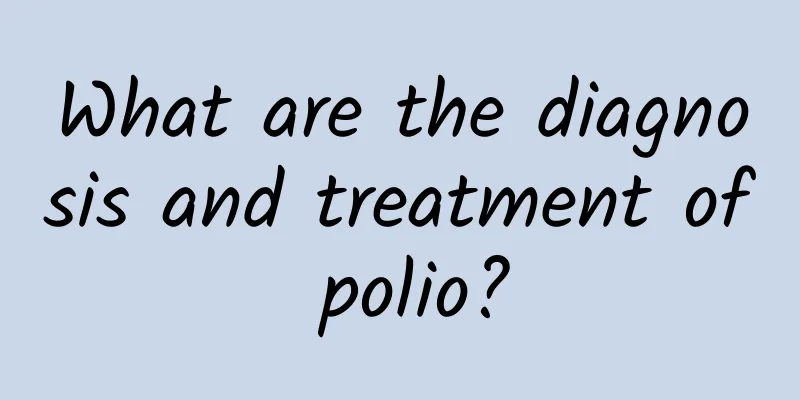Which department should I go to for diagnosis of ADHD?
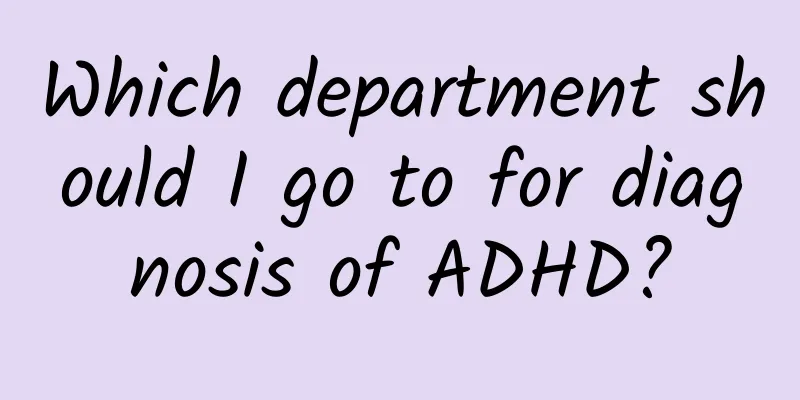
|
Diagnosis of ADHD in children should be made in the child psychology or child psychiatry clinic. ADHD is a common behavioral disorder in children, mainly characterized by inattention, hyperactivity and impulsive behavior. Early diagnosis and intervention are crucial to improving symptoms and promoting children's development. 1. The core symptoms of ADHD include attention deficit, hyperactivity and impulsive behavior. These symptoms usually appear in early childhood and may affect learning and social skills. Attention deficit is manifested as difficulty concentrating, easy distraction, and frequent forgetting of tasks or objects. Hyperactive behavior includes fidgeting, constant activity, and difficulty settling down. Impulsive behavior is manifested as difficulty waiting, interrupting others, and difficulty controlling emotions. 2. The etiology of ADHD is complex, involving genetic, environmental and physiological factors. Genetic factors play an important role in ADHD, and children with a family history are at higher risk of the disease. Environmental factors such as smoking, drinking and exposure to toxins during pregnancy may increase the risk of the disease. Physiological factors include abnormalities in brain structure and function, such as incomplete development of the prefrontal cortex and basal ganglia. 3. Diagnosis of ADHD requires a comprehensive assessment. The doctor will ask about the medical history in detail, observe the child's behavior, and use standardized assessment tools such as the Conners Scale, ADHD Rating Scale, etc. Other diseases that may cause similar symptoms, such as anxiety, depression, and learning disabilities, will be ruled out. 4. Treatment of ADHD includes medication, behavioral therapy and educational intervention. Common medications include methylphenidate, atomoxetine, etc. These drugs can improve attention and control hyperactive behavior. Behavioral therapy includes cognitive behavioral therapy, family therapy, etc., to help children learn self-control and manage emotions. Educational intervention includes personalized education plans, classroom behavior management, etc., to help children adapt and develop better in school. 5. The support of parents and teachers is crucial for children with ADHD. Parents should understand the characteristics of ADHD, provide a stable family environment, and help children establish a regular schedule and good behavioral habits. Teachers should pay attention to children's learning needs, provide appropriate support and encouragement, and help them succeed in school. Children diagnosed with ADHD should be referred to child psychology or child psychiatry clinics, which can help children improve their symptoms and promote their all-round development through comprehensive assessment and a variety of treatment methods. Early intervention and continuous support are of great significance to the quality of life and future development of children with ADHD. |
<<: Symptoms of Tourette Syndrome
>>: What is the difference between atypical Kawasaki disease and Kawasaki disease?
Recommend
Will jaundice caused by hemolysis cause fever?
Jaundice: Bilirubin, which is broken down by the ...
How to treat a child with a white tongue coating and cough? A child with a white tongue coating and cough is probably suffering from internal heat.
If a child develops adverse symptoms such as whit...
What are the symptoms of pneumonia in children? Two symptoms of pneumonia in children
1. Fever The most common symptom of pneumonia in ...
What are the treatments for polio?
The treatment of polio is actually not a very com...
What are the causes of influenza? How is influenza transmitted?
Flu is caused by influenza virus, which belongs t...
What medicine is good for treating patent ductus arteriosus?
What medicine is good for treating patent ductus ...
Can garlic sprouts be eaten? What are the health benefits of eating more garlic?
Can garlic sprouts be eaten? Many people have big...
How does pneumonia manifest in children?
Newborns are prone to some diseases. We need to p...
What happens when neonatal jaundice keeps recurring?
What happens when neonatal jaundice always recurs...
What are the treatment methods for acute laryngitis in children?
Acute laryngitis in children is a common pediatri...
Can breast milk diarrhea be treated without surgery?
Can breast milk diarrhea be treated without surge...
What are the causes of indigestion in children? What should children eat for indigestion?
Indigestion is a disease composed of many differe...
How to treat polio at the age of 18
Poliomyelitis, also known as poliomyelitis, is an...
What medicines are used for children with pneumonia
Only the right medicine can be effective quickly,...
What are the causes of diarrhea in children? The causes of diarrhea in children are a bit complicated
Pediatric diarrhea is a common disease in infants...
